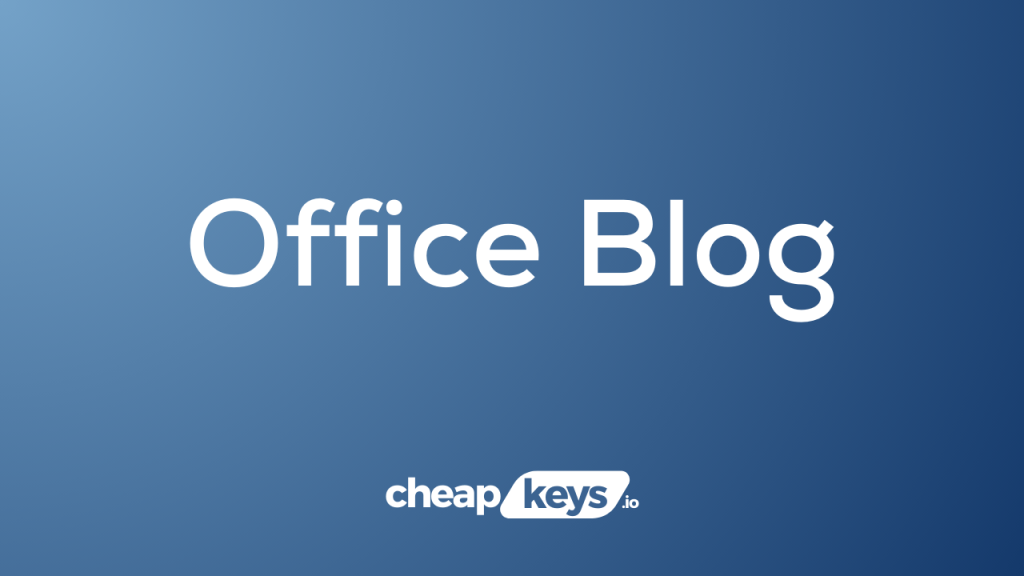The Table of Contents feature in Publisher serves as a crucial navigational aid that provides readers with a roadmap to the content within a publication. By generating a detailed list of sections, chapters, or topics along with corresponding page numbers, the Table of Contents allows readers to easily locate and access specific information of interest. This feature not only enhances the readability and organization of the publication but also helps readers quickly find relevant sections, improving their overall user experience. In this guide, we will delve into the purpose and functionality of the Table of Contents feature in Publisher, offering insights on how to effectively utilize this tool to create well-structured and user-friendly publications.
The Table of Contents feature in Publisher streamlines the process of creating a comprehensive and professional-looking table of contents, eliminating the need for manual entry and formatting. By automatically generating a dynamic table of contents based on the headings and subheadings in the publication, users can save time and effort while maintaining consistency and accuracy. In addition to facilitating easy navigation, the Table of Contents feature allows users to update the table as the content of the publication evolves, ensuring that readers always have access to the most current and relevant information.
Step 1: Create a New Publication
Launch Microsoft Publisher on your computer and create a new publication or open an existing one that contains several pages or sections.
Step 2: Access the Table of Contents Feature
Click on the “Insert” tab at the top of the Publisher window. In the “Text” group, click on the “Table of Contents” button.
Step 3: Choose a Table of Contents Template
Publisher offers various pre-designed table of contents templates. Select the template that best matches the style and layout of your document, or choose a blank template to customize it to your needs.
Step 4: Customize the Table of Contents
Once you’ve selected a template, you can customize the table of contents to fit your document. Modify the font, style, and formatting as desired.
Step 5: Add Headings to Your Document
To generate a table of contents, you need to include headings in your document. Place the cursor at the beginning of the section or paragraph you want to use as a heading, then go to the “Home” tab and select a heading style from the “Styles” group.
Step 6: Apply Heading Styles
Continue applying heading styles to the appropriate sections or paragraphs throughout your document. Use the predefined heading styles (Heading 1, Heading 2, etc.) for consistency.
Step 7: Generate the Table of Contents
Once you have applied heading styles to your document, go to the “Page Design” tab and click on the “Update Table” button in the “Table of Contents” group. Select the desired format for your table of contents.
Step 8: Update the Table of Contents
If you make changes to your document and need to update the table of contents, simply click on the table of contents, then go to the “Page Design” tab and click on the “Update Table” button again.
Step 9: Customize the Table of Contents Settings
To further customize your table of contents, right-click on the table of contents and select “Edit Field.” From there, you can adjust various settings, such as the levels of headings to include and the appearance of the table.
Step 10: Enhance Document Navigation
The Table of Contents feature in Publisher provides readers with a quick overview of your document’s structure and enables easy navigation through clickable links to different sections.
By following these step-by-step instructions, you can efficiently create and customize a table of contents, making it easier for readers to navigate your publication and find the information they need.
Find the ideal Publisher license on our website, where you can choose from a range of options such as Office 2016 License, Office 2019 License, and Office 2021 License, catering to your specific database management requirements.


